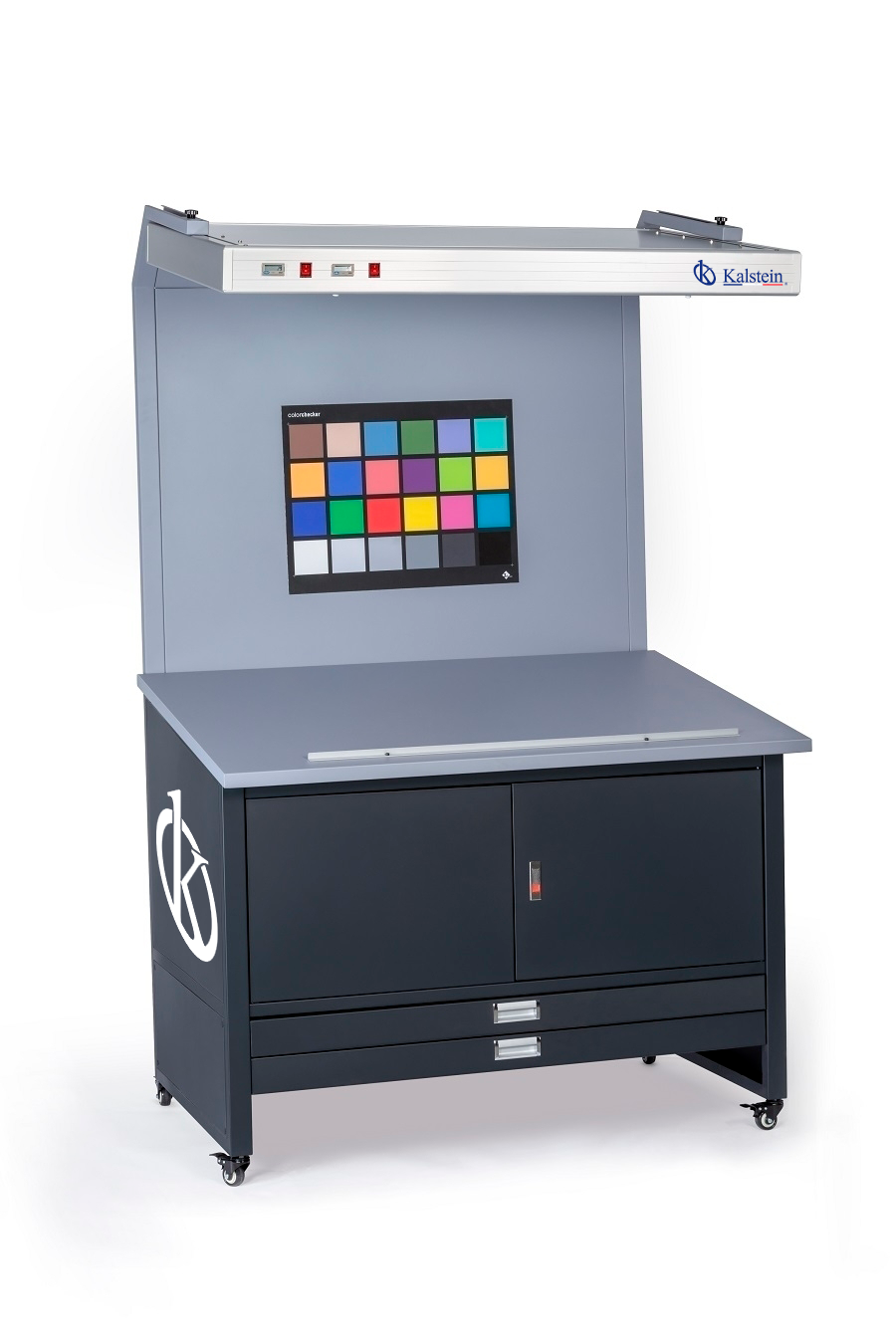Color evaluation is a fundamental tool in the pharmaceutical industry to ensure the consistency of laboratory products. This discipline focuses on the study of color variability and different shades between products to ensure that a high quality and reliable product is delivered. In this industry, making decisions based on color judgments can help professionals control the consistency of pharmaceutical laboratory products through color assessment at various points in the supply chain.
We at Kalstein, offer you all the specifications, data sheets, consultancy and the variety of YR models of color evaluation boxes or tables that you need, not only we offer you a wide range of this equipment, but the best price in the market, if you want to know the catalog of high-end products that we KALSTEIN have for you visit us HERE we assure you, through our online purchasing channels, reminding you that we are a manufacturer of laboratory equipment of high level of purchase and sale.
Color Evaluation as a tool to ensure consistency
Color evaluation is indispensable to guarantee consistency in laboratory products. It is a key tool to measure color variation and similarity between products, so color control is vital. Color evaluation is used to ensure that products meet quality standards and also to ensure that all delivered products have a uniform design and color. Therefore, color evaluation is an excellent tool to control the consistency of pharmaceutical laboratory products.
A professional specialized in color evaluation will need a detailed knowledge of color and measuring instruments. Through a system called “color reference system”, professionals can control the design and color of the product, eliminating any variation from the starting point. The color reference system will make product colors uniform throughout the production chain, in order to provide quality products as long as strict guidelines are met.
The different methods of color evaluation
Professionals have different methods available to perform color evaluation. These include ocular observation (visual method), the method using a color lamp and the method using light scattering. The professional will determine the appropriate methodology for the product in question by evaluating the color variation of the products to determine if the defined standards and limits are met.
If a color analysis shows different results than expected, the professional can evaluate the light source to determine if the difference is due to illumination or to particles or dust present in the product, which means taking the necessary steps to remedy the problem.
Benefits of color evaluation
Color assessment brings numerous benefits to the pharmaceutical industry. The tool can help professionals guarantee consistent design and color, ensuring that products remain safe and stable when dealing with something as sensitive as human health.
Also, color assessment helps ensure that practitioners comply with pharmaceutical regulations by encouraging compliance with quality standards and requirements within the industry. In addition, practitioners can determine whether delivered products are compatible with each other in order to avoid conflicts and customer complaints.

